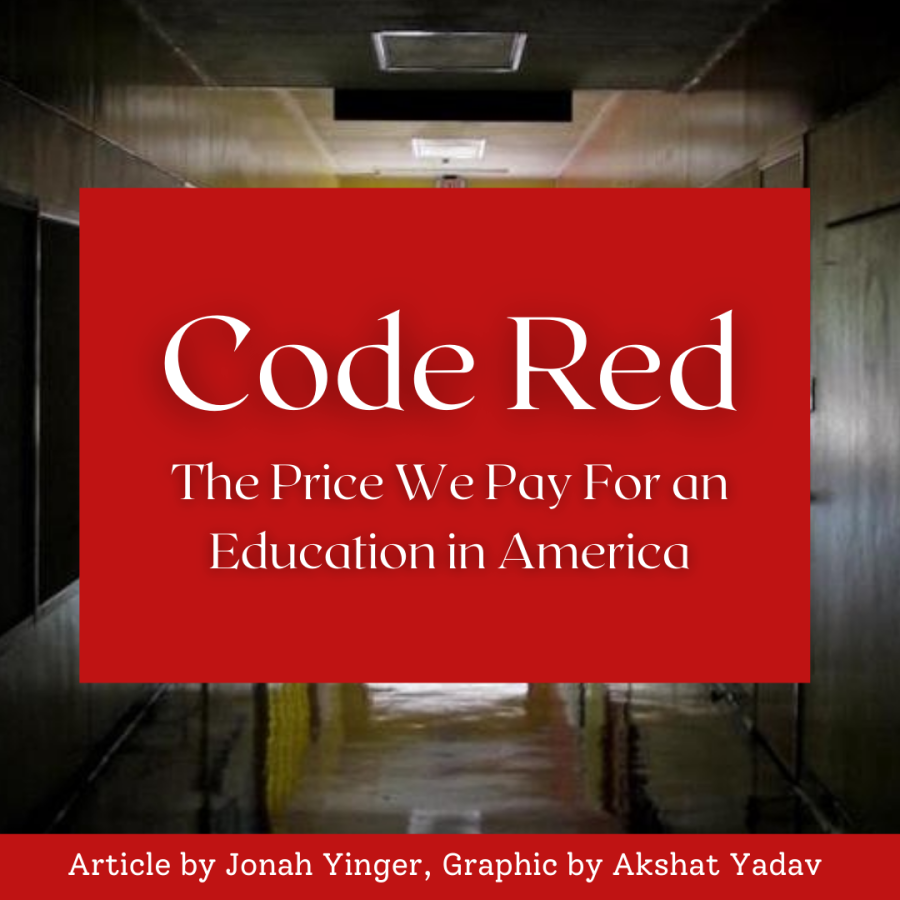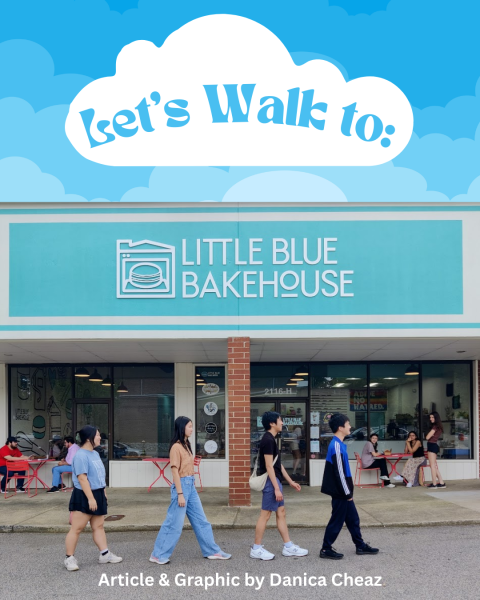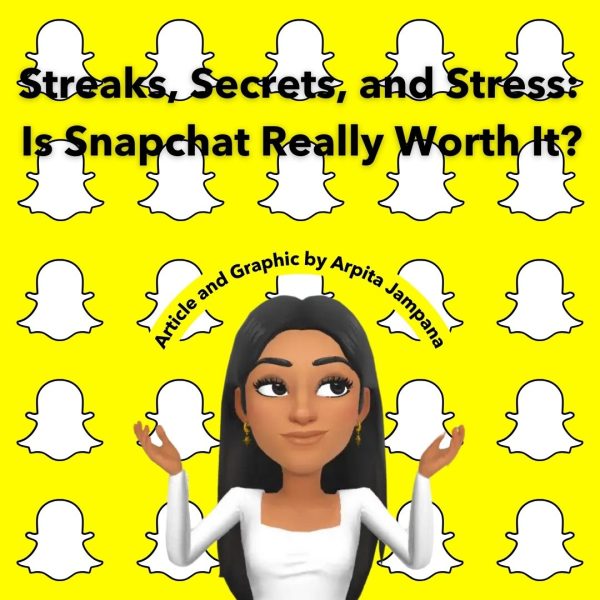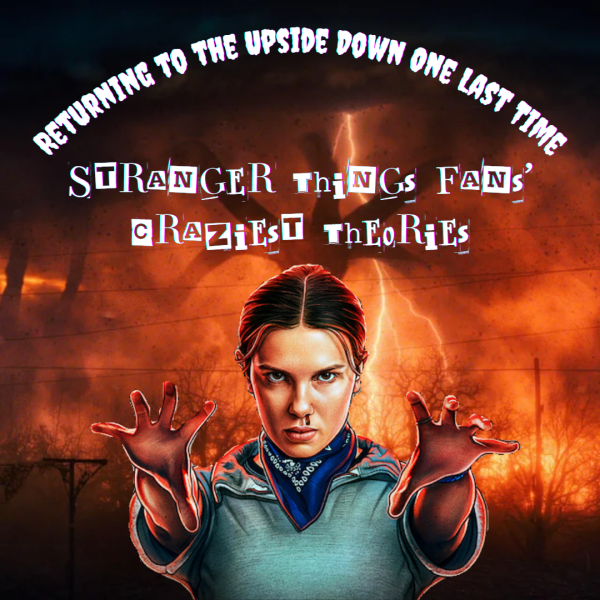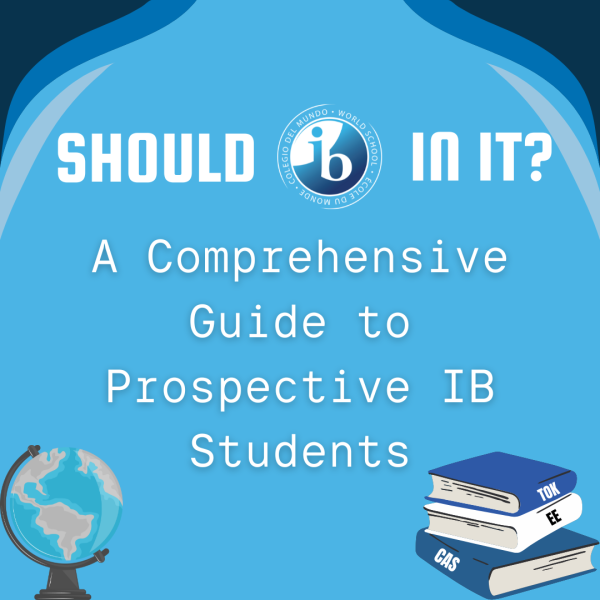Code Red: The Price We Pay For an Education in America
For generations, kids have been taught what to do in the instance of fire or inclement weather in the school. Grabbing the red drawstring bag and walking orderly out of the building is a routine everyone with a public education knows like the back of their hand. In recent years, a new kind of practice has been added to the responsibilities of schools and workplaces across the nation. As preventable tragedies like those at Columbine and Virginia Tech ravaged the country at the turn of the 21st century, code red intruder drills started being required in more and more public facilities, especially schools.
When I could count my age on one hand, these announcements were simply an excuse for whispered giggles on the carpet of my classroom. The lights shut off and I was instantly surrounded by a swarm of sticky, giggly kindergarteners. We were dumb, but we were happy. Every young person I’ve talked to remembers being sat down by their misty-eyed parents and trying to grasp the words being thrown at them: 20 students just like us (in my case, the exact same age), along with their teachers, were shot by a bad man and aren’t coming back. It was during this conversation about the Sandy Hook massacre that the lockdown drills we practiced at school started to make sense. This wasn’t some game put on by our teachers to cheat us out of our naptime; it was a procedure we had to understand to save our lives.
The atrocities at Sandy Hook forced me and my peers to have a mature understanding of gun violence. As early as the second grade, I would often find myself making up a game plan in my head of how I would escape my classroom if a gunman were to invade it. One of my most vivid childhood memories is telling my friends that the first thing I would do if a shooter was in my school would be to grab a red marker and stab myself with it. That way, the gunman would think I’ve already been shot and move on to their next victim. What eight-year-old should have to think about that? Evidently, too many. Shared experiences and anxieties with school shootings and lockdowns is something I regularly bond over with people my age.
Conversations about gun threats in school is something young people have had to make light of to ease our anxieties. During one of my recent chats while waiting for my ride home at the bus loop, my friends and I went into detail about our schools’ active shooter protocol as elementary-age children. One Enloe student said her elementary school instructed students to hide in the woods off campus during a code red over recess. “Probably in second or third grade… the teacher guided us away from the building to the forest surrounding the school. They told us that in the situation of a code red lockdown we would have to hide in the trees around the school.” She told me her teachers advised the students to hide “next to an adult, but once they yell the word ‘scatter’ we run and we don’t come back.” She said this drill specifically was “a real eye opening experience to what the world was actually like,” and while it didn’t scare her in the moment it “definitely introduced me to gun violence at a way younger age than I would have expected.”
In an age of social media, the likelihood of a school receiving gun threats has become much more common. Most high schoolers have come across at least one gritty photo of a military-grade rifle with text over it saying “Enloe Be Ready” in their academic careers. While a majority of these menacing messages originate from fear mongers who don’t want class the next day, the widespread distress they cause is a genuine concern for many. Photos like these are spread from group chat to group chat until the entire student body is on edge.
All teachers try their best to alleviate the anxiety caused by lockdowns, but some go above and beyond their role. In the same bus loop conversation as before, Enloe sophomore Xavier Sparks spoke about one of the strategies put in place by his teacher. “[They] have volunteers in our classroom push the table and podium up against the door to barricade it…” He says that while other teachers have students “just run to the other side of the classroom, turn off the lights, and hope for the best, having the stuff pushed up against the door makes you feel a little bit better.” Xavier says that at first, he thought the seriousness this teacher took was over the top, but he has become more open to the idea after realizing this is something that could possibly happen to his class.
Since the time these precautions were implemented out of necessity, America’s firearm problem has become worse and worse. Youth in America are tired of flinching at the sound of a chip bag popping in the cafeteria and fearing for their lives when an announcement is made over the intercom. Even after statistics show us that 7,957 children and teens are shot in the U.S. yearly, relaxed regulation allows these weapons to be put into the hands of too many people with too little qualifications to carry them. No matter how often we practice code red drills, they will not save the country’s children from gun violence nor revive those who have already passed away at the hands of it.
Your donation will support the student journalists of Enloe Magnet High School, allowing us to cover our annual website costs. We are extremely grateful for any contribution, big or small!
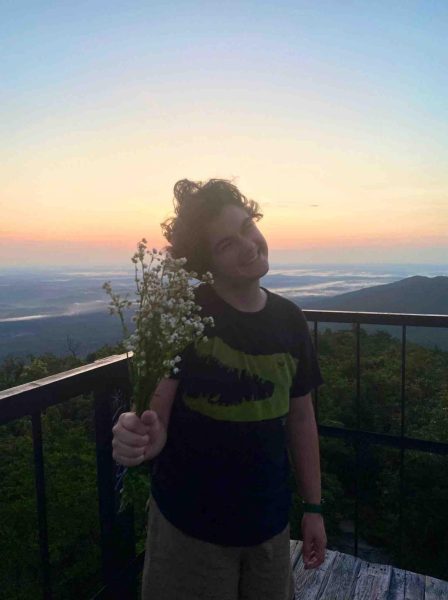
(He/him)
This is Jonah's third year writing for the Eagle's Eye and his second on the editing team. Aside from writing and editing bomb articles, Jonah...


